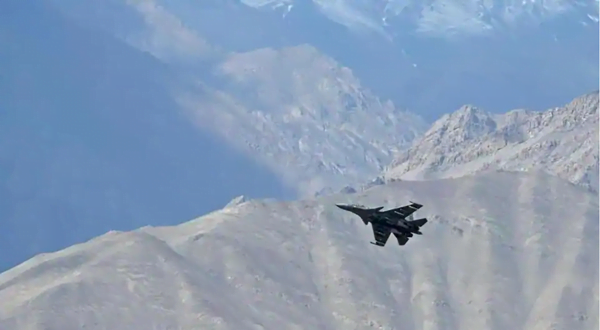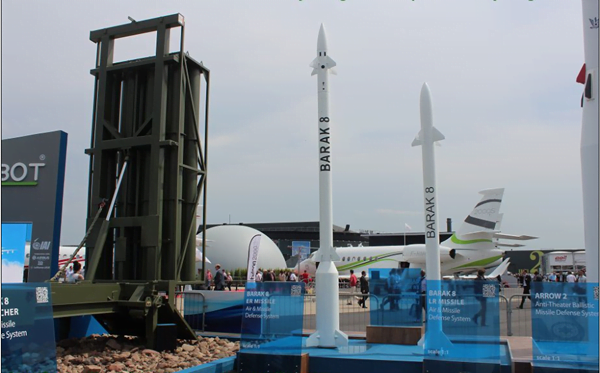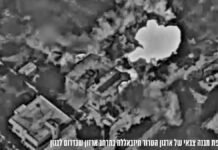

He is an IT consultant and Defense & Strategic Affairs enthusiast, based in Europe and an avid reader of military affairs.
There are multiple indicators that China has deployed its advanced Air defense system S300 or HQ9 battery very close to Pangong Tso lake. This implied China’s intent to create a ‘No-fly’ zone around Pangong lake in event of very likely conflict. This deployment has far-reaching consequences, just in the context of current conflict but also for entire South Asia’s stability.
But first, In case you missed this news bit – PM Modi has briefed President Kovind on the issue of “National Importance”
The President has been briefed on-ground situation as PM Modi got first-hand information on account of India’s positioning straight from horse mouth- Lt Gen Harinder Singh who was spearheading marathon talks with Chinese counterparts which last total 30 hours in 3 separate interactions. Rumors are there that PM spoke to his solo for 20 mins and taken every minute details.
Needless to say this is also the most challenging time for Indian foreign policy makers, according to former NSA SS Menon own words-
“No Fly” Zone in making
Coming back to the topic in hand, China’s deployment of S300 type advanced air dense battery been picked up by many OSINT handles after analyzing open-source C-Band SAR satellite imagery.

Position of radar located deep inside Aksai Chin territory of China.
Position of Radar covers all 3 current buildup zone- Galwan, Pangong and Gogra(hotsprings)
SAR imagery of C-band emitting frequencies -High intensity indicates the use of the latest Air Defense system !!

Implications
IAF cannot operate its top of line fighter jet Su30 without getting detected. In case of any ground support for Indian Army assaults, Slow flying aircraft would be sitting duck for Chinese planners. That said, Flying high and deep into Aksai Chin would be a challenge and can cause ‘ Abhinandan’ like situation if any of our fighter jets shoot down.
China can always claim that Indian aircraft cross its border given the different perceptions of LAC and extended china claim lines.
It implied India would then need to operate Fighter jets deep inside our territory and need to use PGM laser-guided bombs from standoff distances which severely impacts their accuracy in Narrow valley passages.
Moreover, Arguably the world’s most lethal attack helicopter “Apache” would not be able to operate freely. So china successfully managed to counter the biggest threat to its Army Tanks, BMP’s and forward marching ground forces.

Ah-64 Armed with Hellfire missiles, Notice Night Vision sensors at front for night fighting capability
If that is not enough, ‘Drones’ which is an integral part of any mechanized infantry assault plays a key role in thermal imaging, target identification is now well within the influence of S300/HQ9.
Lethality of S300 can be gauged by the fact that Iran used it to kill US $176 million RQ-4 Global Hawk drone. Of course, it doesn’t go down too well with Yankees!
https://time.com/5611222/rq-4-global-hawk-iran-shot-down/
India’s Countermeasures
The biggest countermeasure India has is the Himalaya itself.
The altitude of possible S-300/HQ-9 battery in Pongang at 17K feet is way too high, To give you a context Galwan is at 14k, Hotsprings at 16k & Pangong lake itself at 14k again.
Moreover, The current clash points are blocked from radar sites as many peaks (some are 19k)in between,That naturally scatters Microwave emitted by Radar.

IAF Mig-29 in skies of Ladakh – Notice the twin-engine to generate extra Thrust at high altitudes
This In fact gives an opportunity for IAF jets to fly low against hill features and evade detection.
India recently also deployed in its own array of Air Defense systems to block any sorties of China’s 5th generation stealth fighters like J20.
The air defense weapons in the Indian military arsenal include the indigenous Akash, the Israeli SpyDer, and Soviet-origin Pechora and OSA-AK systems. Air defense systems can engage targets such as fighter jets, helicopters, and unmanned aerial vehicles.

To further boost capabilities, India has brought an operational Barak 8 ER system from Israel under emergency procurement – This system is a game-changer in the current setup. Its extended range will ensure to create our own air defense ‘bubble’
Barak 8 at Defense exhibition
If push comes to shove, The final and the last weapon choice would be likes of Agni, Prithvi, and Brahmos to target key military installation and Radar sites meaning taking the escalation matrix to the upper slot of conventional war.
The whole purpose of developing long-range missiles is for deterrence and its importance lies in adversary war planners taking account of India’s retaliation measures.
The biggest USP of Intercontinental ballistic missiles( ICBM) & Nukes lies in possibility of preventing a situation itself to using it !!







































